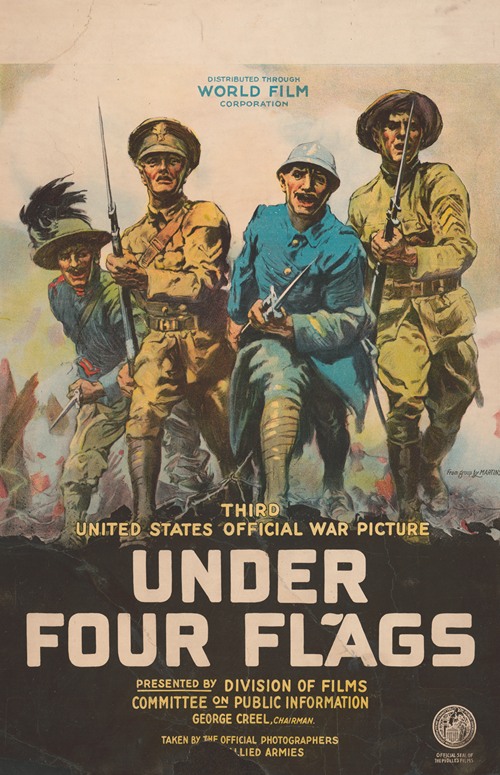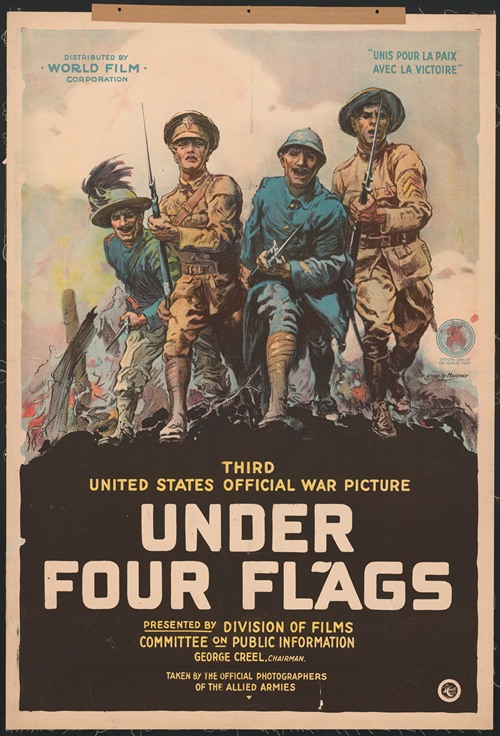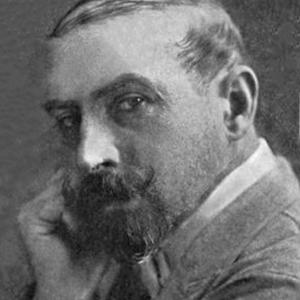



Philip H. Martiny was a French-American sculptor who worked in the Paris atelier of Eugene Dock, where he became foreman before emigrating to New York in 1878—to avoid conscription in the French army, he later claimed. In the United States he found work with Augustus Saint-Gaudens, with whom he remained five years; a fellow worker in Saint-Gaudens' shop was Frederick MacMonnies. A group photograph taken in Saint-Gaudens's studio about 1883, conserved in the Archives of American Art, shows Kenyon Cox, Richard Watson Gilder, Martiny, Francis Davis Millet, Saint-Gaudens, Julian Alden Weir and Stanford White.
He often worked in cooperation with architects in Beaux-Arts architecture. He lived in Bayside, Long Island, and had a sculpture studio in McDougal Alley, a fashionable former mews behind Washington Square Park. Much of his work is in New York City, though he provided bas-reliefs for the Art Institute of Chicago and for government buildings in Washington, DC. Martiny was one of the colony who gathered round Saint-Gaudens at Cornish, New Hampshire.
Martiny was one of the large team of decorative sculptors assembled to carry out details for the World's Columbian Exposition, Chicago, 1893, where he settled for a year to carry out the clay models for many somewhat facile decorative allegorical figures, cherubs, caryatids and the like.
The sculptures, which were carried out in staff, a weather-resistant plaster, were destroyed with the exhibition buildings, but the successful effect they produced led to further similar commissions at the Pan-American Exposition in Buffalo, New York (1901) and the Louisiana Purchase Exposition in St Louis (1904). His growing reputation led to his only medal, an award medal for the 1895 Cotton States and International Exposition in Atlanta, Georgia.
Though he was a member of the National Sculpture Society, Philip Martiny was not considered by his contemporaries as a sculptor of the first rank, and the assignation to him by the Tammany Hall architects given the plum project of completing designs for the New York City Hall of Records (later the Surrogate's Court) after the architect John R. Thomas's unexpected death in 1901, raised objections that tested the New York Art Commission's authority to accept or reject sculpture by Henry Kirke Bush-Brown and Martiny for the building. Daniel Chester French was called in to offer suggestions for improved subjects which Martiny finished in 1907.
In the midst of the project Martiny was interviewed for The New York Times giving the first impression that Martiny operated a commercial sculpture factory "where Art rubs elbows cheerfully, indiscriminately, with Life's less romantic work" but ending with admiration for the sculptor's likeness of the late President McKinley.
After the First World War, Martiny received two commissions for colossal figures commemorating the fallen soldiers: the Chelsea Park Memorial, at 28th Street and 9th Avenue and the memorial in Abingdon Square Park, where 8th Avenue commences.
Martiny married twice and had eight children. A debilitating stroke ended his career, and a second one finished his life. His papers, compiled by Martiny's grandson, Raymond J. Linder, are conserved in the Archives of American Art, The Smithsonian Institution.

